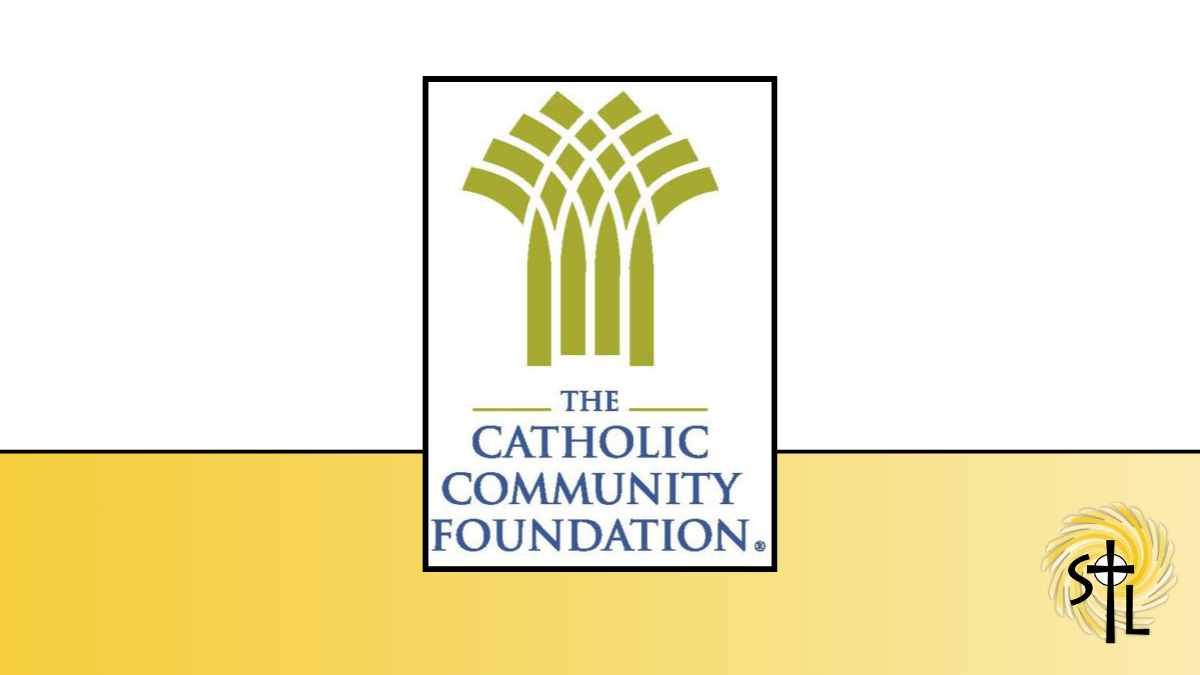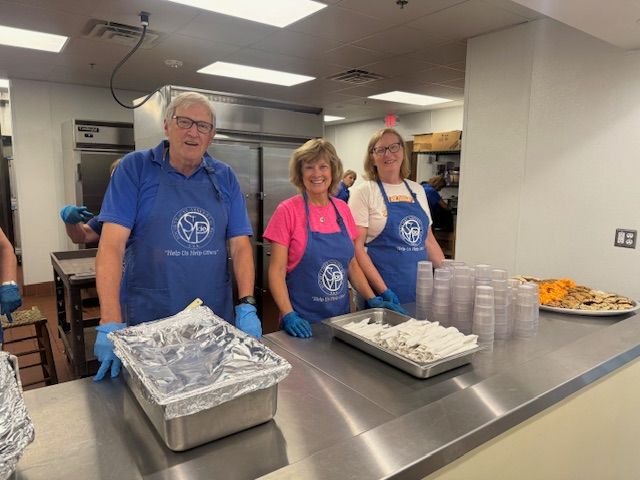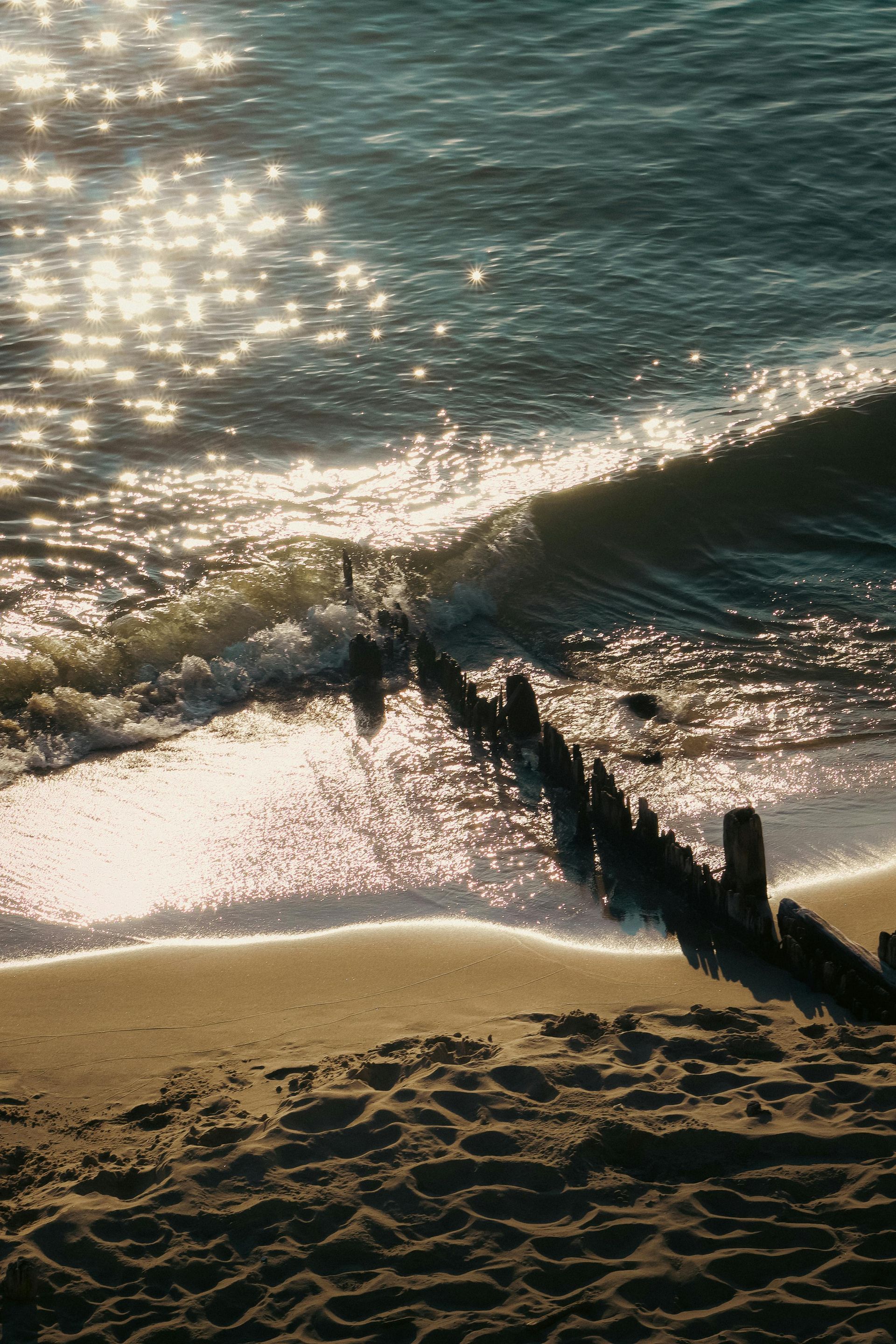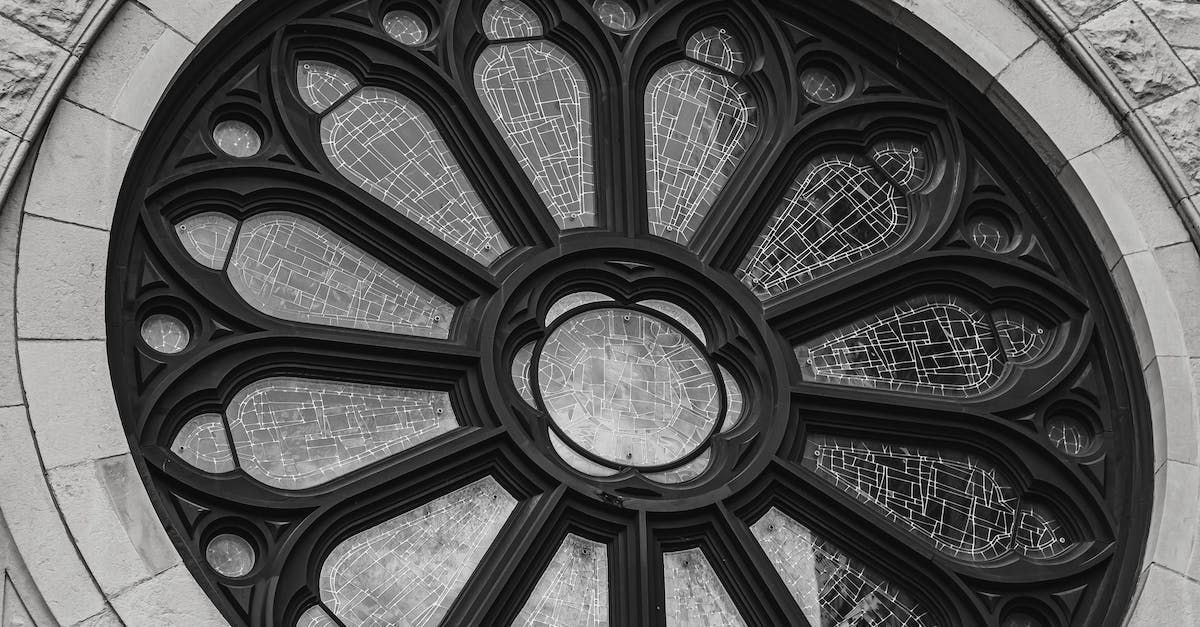Death of a Pope: Next Steps
Pope Francis' death on Easter Monday (April 21, 2025) sets in motion a weeks-long series of events, from a period of mourning to the process of selecting his successor. The Vatican has an intricate set of rules governing the papal transition, a process the world does not get to watch unfold very often. Several Vatican officials’ step into designated roles to certify the pope’s death, organize a public viewing and a funeral, and to initiate the process for selecting a successor.
Immediately after a pope’s death is confirmed by the head of the Vatican’s health department and the body dressed in a white cassock and brought to the pope’s private chapel, the cardinal chamberlain (camerlengo) becomes the Vatican’s de facto administrator for day-to-day affairs. The prefect of the papal household tells the camerlengo who must verify the pope's death in the presence of the papal master of ceremonies, the cleric prelates of the Apostolic Camera and the secretary of the Apostolic Camera, who draws up a death certificate. Then the camerlengo and prefect of the papal household pass the news to various officials in the Vatican, who relay it to the people of Rome and the heads of nations.
The camerlengo locks and seals the pope's apartment. While looting was a concern in the past, modern popes are more concerned that their private papers stay out of the wrong hands. The camerlengo destroys the pope's fisherman's ring and seal- traditionally with a special hammer, to symbolize the end of his reign and prevent misuse, like forging documents.
The pope’s passing marks the beginning of nine days of mourning called the novemdiales. The College of Cardinals decides on the day and hour that the pope’s body will be brought to St. Peter’s Basilica in a procession led by the camerlengo. His body is dressed in papal vestments and placed in state for public viewing where hundreds of thousands of people line up to pay their respects. The date for the funeral and burial is set by the College of Cardinals, but the apostolic constitution states it is to "take place, except for special reasons, between the fourth and sixth day after death."
Previous popes have been buried in three coffins, cypress, lead and elm, placed one inside the other. However, Francis asked to be buried in one coffin made of wood and zinc. Popes are traditionally buried in the Vatican Grottoes on the lower level of Saint Peter’s Basilica. However, Francis requested that he be buried at Santa Maria Maggiore in Rome’s Esquilino. Only seven popes have been buried there, the last one being Clement IX in 1669.
The camerlengo is the acting head of the Vatican until the next pope is chosen and he organizes the election process, which is called the conclave. After the death of a pope, the Vatican enters a transitional period called the sede vacante or interregnum, where power is handed over to the College of Cardinals, but no major decisions are made until the papacy is filled. About 15-20 days after the pope’s death, cardinals under the age of 80 convene at the Sistine Chapel in Vatican City, which is sealed off, to elect the new pontiff through a secret ballot. Multiple rounds of voting over several days takes place until a candidate wins two-thirds of the vote. If there is no decision after 33 rounds of voting, the top two candidates face off in a run-off vote. Ballots are burned– the public can watch the chimney for progress of the vote. Black smoke means the cardinals will need to vote again; white smoke means a new pope has been chosen.
After the vote, the winning candidate is asked two questions: Do they accept their election, and what name will they chose? Then official documents are filled out, the new pope is fitted with papal attire. There are typically three sets of garments at the ready. Then the news is announced to the public. The senior cardinal deacon appears on the balcony over St. Peter's Square and announces "Habemus Papam!" "We have a pope!" ▪











